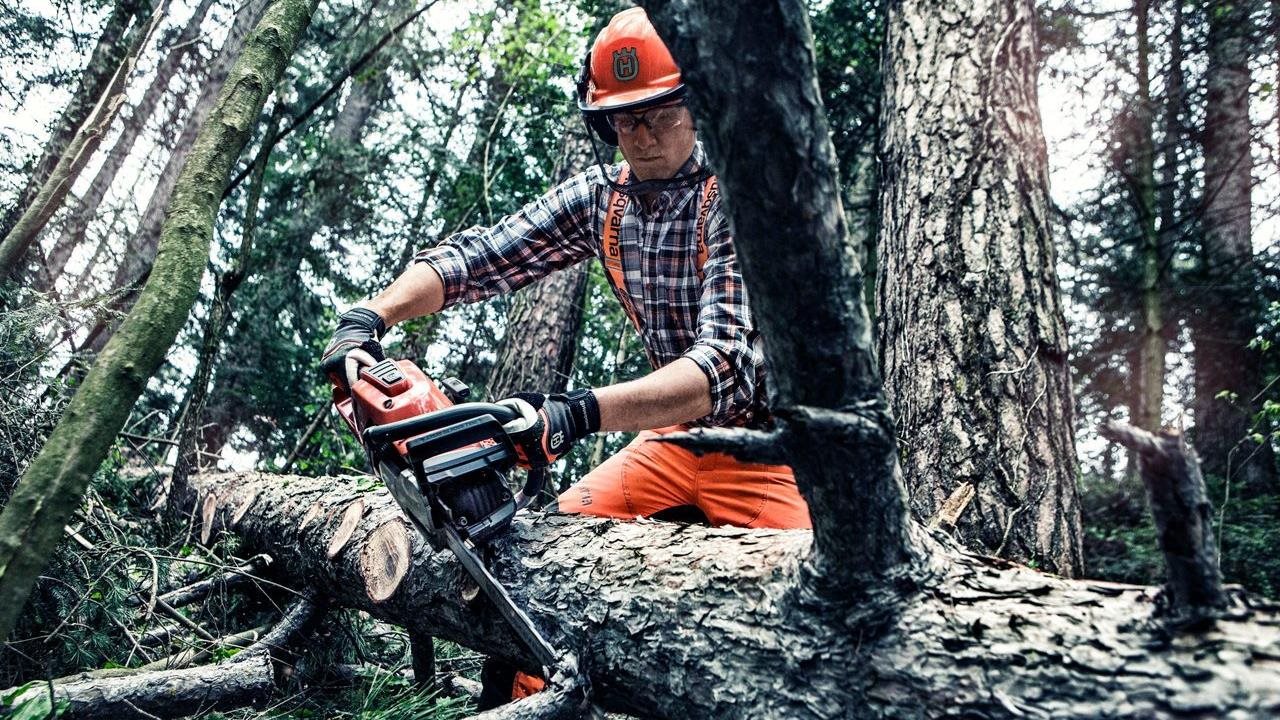
(BPT) – Unfortunately, 2020 has seen more than the usual number of natural disasters. With unprecedented floods, hurricanes and wildfires, nature has unleashed destruction from coast to coast. That means homeowners nationwide have been facing necessary cleanup, often requiring heavy-duty power equipment like chainsaws, which can create even more hazards if used improperly.
Before tackling outdoor cleanup projects, make sure you have the right tools for the job, along with safety gear, and that you know the right procedures for using them. In recognition of National Chainsaw Safety Month, the experts at Husqvarna offer recommendations for safely operating your equipment.
Protective gear is everything
Before operating a chainsaw — or any power tool — make sure you have proper gear to safeguard life and limb (plus vision and hearing).
Equip yourself with:
- Protective pants, trousers or chaps
- A forestry jacket
- Anti-slip boots
- Saw protection gloves
- Helmet with earmuffs, visor and protective glasses
Also, avoid wearing loose-fitting clothing when running any heavy-duty power tools.
You can find all the protective gear you need at Husqvarna.com.
Before you begin work
Have your equipment inspected, especially if it hasn’t been used in a while. Review safety protocols, tips and safety videos on Husqvarna’s Chainsaw Academy to be prepared.
Proper techniques
If you’re new to using chainsaws, it’s best to take a course. But even if you’ve used this equipment before, a safety refresher is always wise before handling heavy-duty power tools like chainsaws.
Important tips to remember:
1. Don’t fell a tree on your own property. If a storm or another disaster damages a tree in your yard, contact a professional, like emergency responders, to handle it. Issues such as power lines and nearby homes can make this job more difficult — and a lot more dangerous.
2. Don’t work alone. Whether you’re in your backyard or further afield, it’s always smart to have a buddy nearby — but at least 10 feet away while you’re working, and not in the potential path of a falling tree or branch. If you absolutely must work on your own, be sure others know where you are, and keep a cell phone handy.
Buddy tip: Don’t startle your friend while they’re using power tools — make sure they see you coming, as they may be unable to hear you.
3. Clean up first. Make sure the area is clean before you cut. Removing excess debris, rocks and nails ensures you have a safer cutting area.
4. Watch that kickback zone. When the chain grips the wood, it can throw the saw and blade back and upward from the force of the rotating chain. When you saw with the upper part of the nose of the guide bar, there is significant risk for kickback. Kickback can be very hazardous, and may occur at any time if the saw is not handled properly.
To safeguard against kickback, always:
- Use a chainsaw with a functioning chain brake.
- Wrap thumbs and fingers completely around the handle.
- Keep your left thumb under the front handle. This can help you catch the saw safely if kickback occurs.
All Husqvarna chainsaws include an inertia-activated chain brake. If kickback occurs and the tip of the bar is forced upwards, the inertia of the front guard should activate the chain brake instantly to stop the chain.
5. Know how to hold your chainsaw — And never climb or stand on a tree while using a chainsaw.
- Wrap your thumbs and fingers completely around the handle, holding your front hand under the front handle to reduce kickback.
- Hold the saw close to your body for better balance.
- Place your left foot in front of your right and bend with your knees, not your back.
- Make sure the chain has stopped rotating before moving to another spot.
Care for your equipment.
Clean your chainsaw before storing:
- Clear debris from the saw, including the body and guide bar.
- Loosen the chain bar, allow the chain to cool, then place the scabbard over the saw.
- When the chainsaw is cool, clean the chain break band, then remove the chain to clean the inside track.
- Check the air filter and tighten any loose screws.
Following these important guidelines will help you weather this stormy year more safely.
